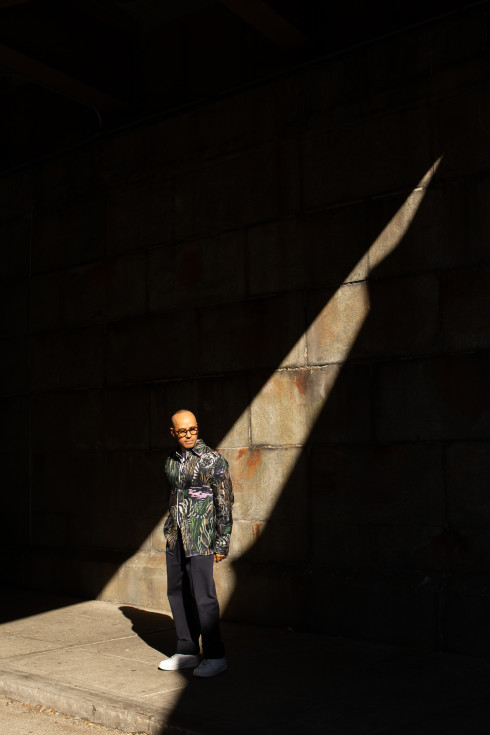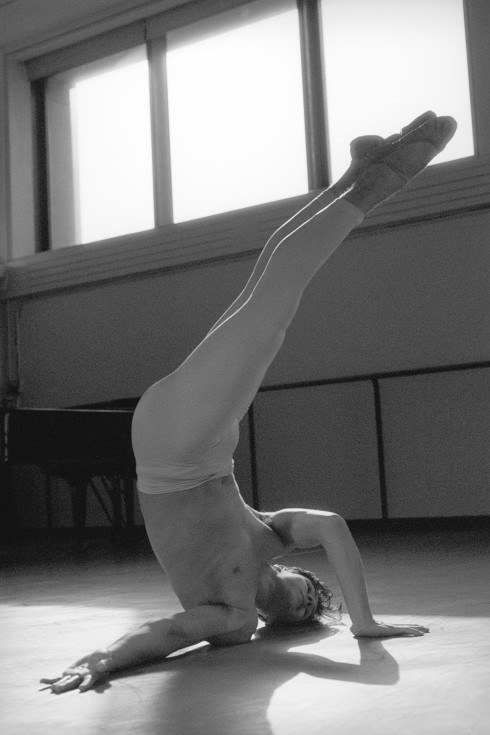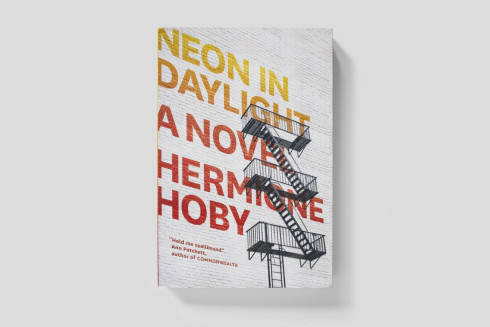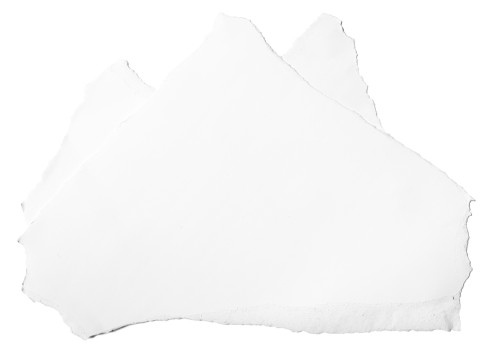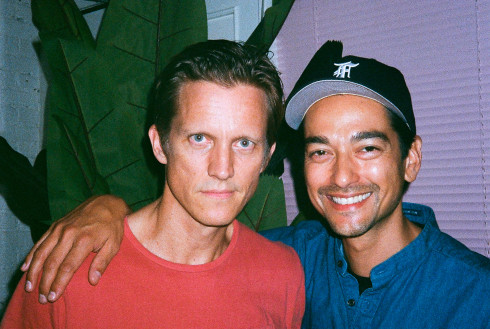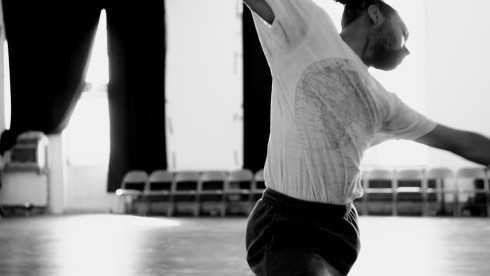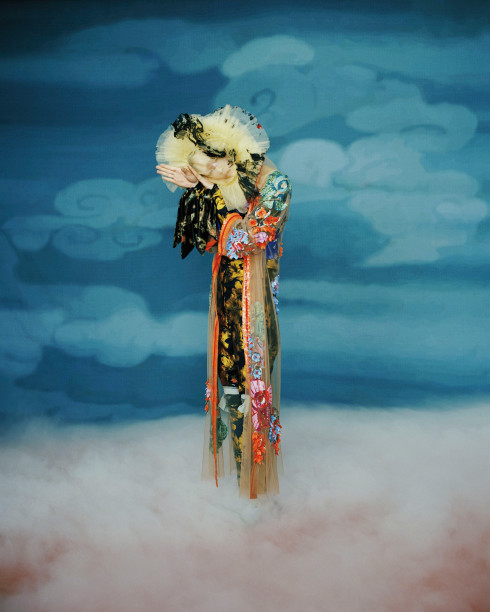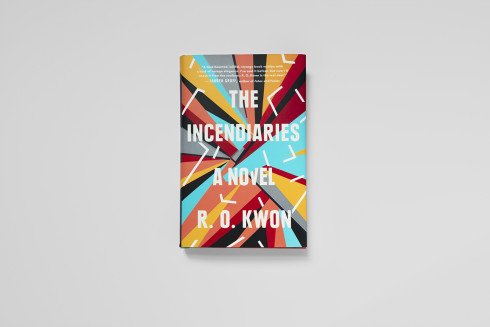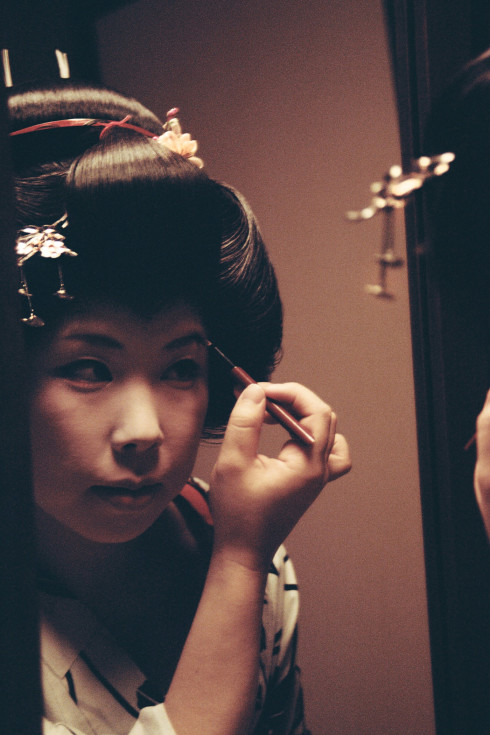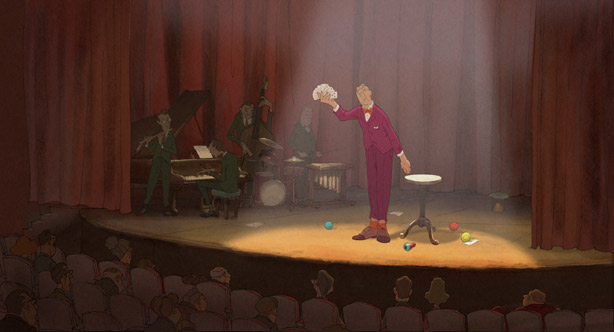
THE ILLUSIONIST
The Illusionist conjures up old cities, odd-shaped regulars, and places a tall, toppling magician at the crumbling center. The film follows a young naïf and her keeper, a small-time magician suffering through small-time gigs. But it also asks whether it’s possible to reanimate a life. While The Illusionist captures all the roughed-up charm and quiet isolation that brought director and animator Sylvain Chomet to light for The Triplets of Belleville, it also draws blood from its source, Jacques Tati.
Jacques Tati was a French director, mime, and man behind the comic icon Monsieur Hulot. The script for The Illusionist was originally written by Tati as a supposed love letter and apologetic autobiography to his estranged daughter. Thus the film, adapted by Chomet, walks an uncomfortable line. Without much story to go on, the film makes most narrative sense in this context: a pastiche of an animated Tati straining, and ultimately failing, to connect with his blood. But this history clouds Chomet’s stunning style—the still shots of a glowing Edinburgh or the lurid sway of life in the smallest details, a rabbit in a hat or trains drifting through the channel.
Where it was easy to forget the plot in Triplets and just enjoy the magic, The Illusionist forces the viewer to consider the underpinnings. Is the girl Tati’s daughter? Can we surrender to Chomet’s brush knowing we might be voyeurs of Tati’s most painful—and until now unmade—film? Should it even matter?
At its core, The Illusionist shows the death of magic. Our man is not special, but practiced at sleight of hand. Chomet’s characters all have a certain oddball spark but it’s often just an indicator of their particular melancholies. Still, small moments—like car headlights melting into individual motorcycles or the magician’s endless serendipity—hint at an energy behind the curtain, that magic is possible even if we can’t take credit for it.
Our man inevitably, and gradually, gives up on his tricks just as his young ward grows up into the consumer world. Much of the film sees him saving his pennies to buy her clothes. It’s part jab at the Tati family’s leeching and part homage to Tati’s own fascination and distaste with “things.” It’s ultimately the divide between the film’s characters. It’s unclear who leaves whom, but father and daughter, or magician and girl, are left without each other. And we are left staring at Chomet’s beautiful world and, potentially, Tati’s painful life resurrected. Yet, the film is best seen as the former, as an allegory several steps removed. Even if it may or may not be true, or appropriate, or “right,” Chomet has poured feeling and artistry into Tati’s script to make The Illusionist something more than its biographical insinuations. It revels, lingers, and leaves us with a vibrant, fading life.
